Getting to Know Native Amphibians
Tuesday, March 29th, 2016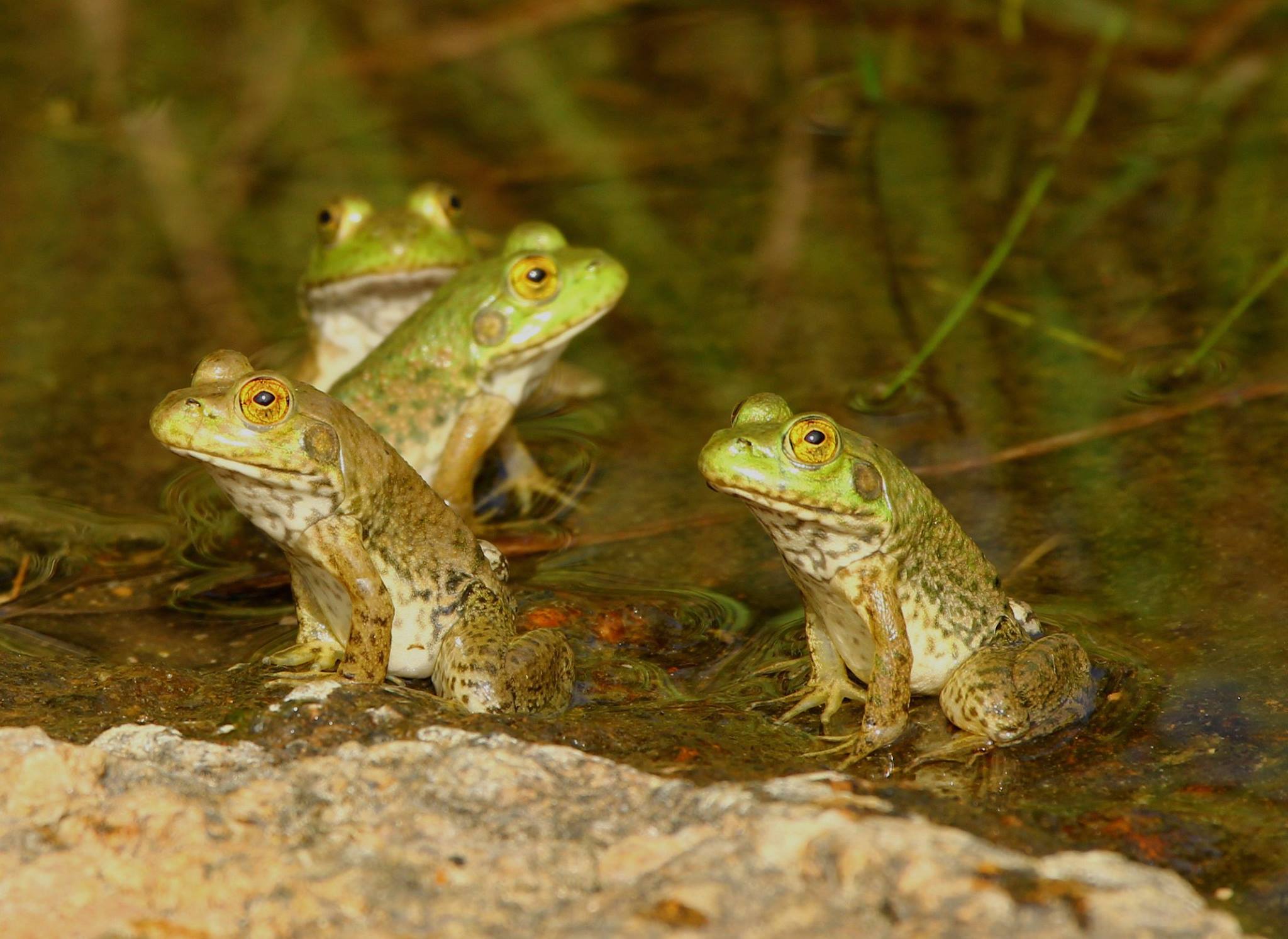
Photo of young American Bullfrogs in a pond at Mason Mountain Wildlife Management Area, courtesy of the site’s Facebook page.
This is Passport to Texas
Did you know Texas is home more than 40 different frog species, and other myriad other amphibians?
Scott Kiester, Texas Amphibian Watch volunteer, says you don’t have to travel far to find a frog or toad. In fact, he says they may be closer than you think.
The Gulf Coast Toad you’ll find anywhere where he’s got a moist place he can hide in the daytime and come out at night and hunt bugs. The Rio Grande Chirping Frog is endemic to the southern valley. They’re about as big as the joint on your little finger and they hang out in plants. They like particularly Bromeliads.
Not only can we identify these creatures by their habitats, we can also identify them by their distinct calls.
Different frogs and toads call at different times of the year. There are some that are year-round: the Bullfrog, [bullfrog sfx] the Southern Leopard Frog, and the Northern Cricket Frog. They may not breed year-round, but you can hear them. There are other species, like the Spring Peeper, [spring peeper sfx] and the Upland and Spotted Chorus Frogs; you will only hear when the weather is cool. Their idea of a perfect day is fifties and rainy. Frogs mostly call to attract mates. In fact, only really male frogs call.
If you’re interested in the education and conservation of indigenous amphibians, consider becoming a Texas Amphibian Watch volunteer. Find details on the Texas Parks & Wildlife website.
That’s our show for today… For Texas Parks and Wildlife…I’m Cecilia Nasti

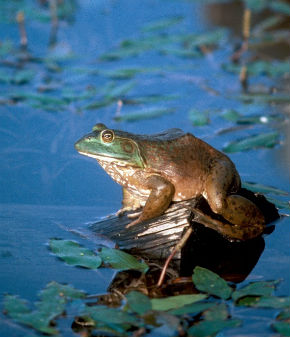
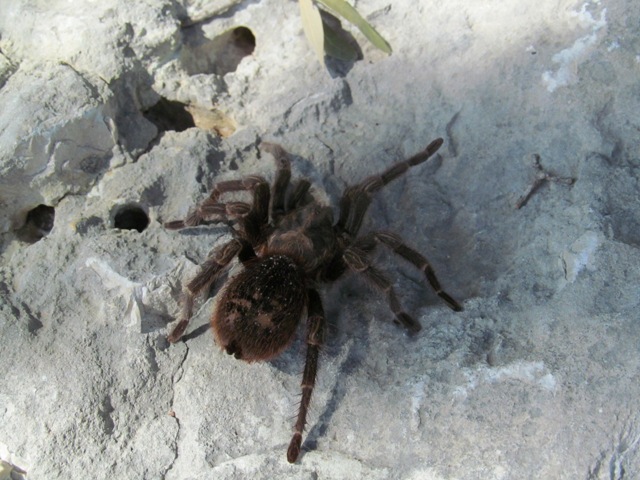
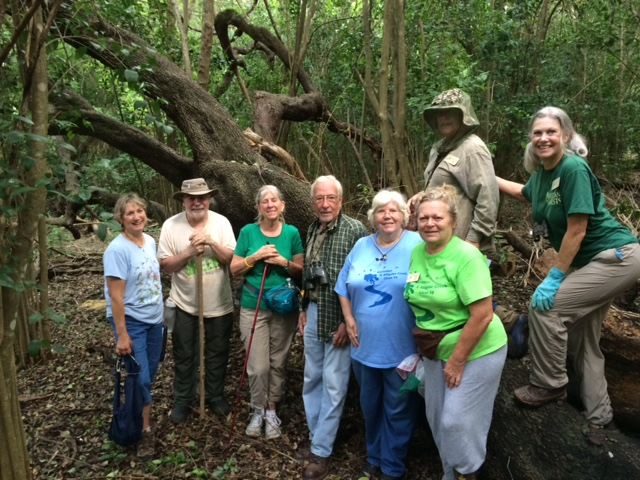
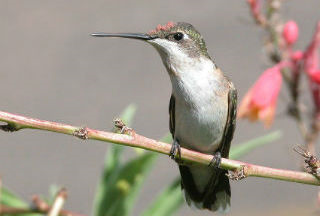

 Passport to Texas is a
Passport to Texas is a  Passport to Texas is made available by:
Passport to Texas is made available by: